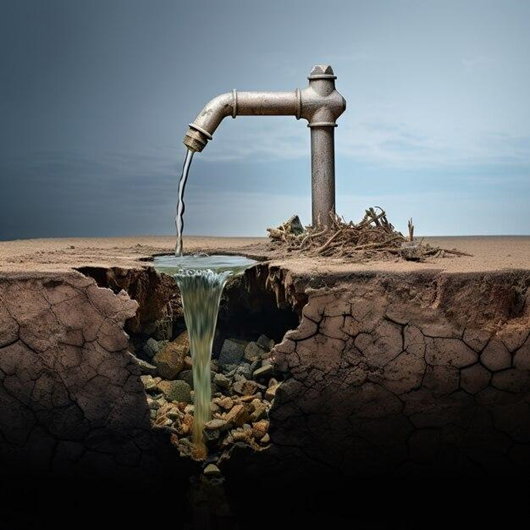For many homeowners, private wells provide a reliable and cost-effective source of water. However, unlike their municipal counterparts, wells require a bit more TLC to ensure a consistent and safe flow of clean water. Fluctuations in water pressure, unusual tastes or odors, or even complete well failure can disrupt your daily routine.
Fortunately, with a basic understanding of your well system and some preventative maintenance practices, you can address common well water woes and keep your water flowing smoothly.
Understanding Your Well System
The first step towards troubleshooting well water problems is familiarizing yourself with your well system. This includes knowing the well depth, pump type (submersible or jet pump), and the location of the pressure tank. Having a well log or contacting a well drilling company if the information isn’t readily available can be helpful.
Identifying the Culprit: Common Well Water Issues and Solutions
Several factors can contribute to well water problems. Here are some common issues and potential solutions:
- Low Water Pressure: This could indicate malfunctioning well pumps. If your well pump is nearing the end of its lifespan (typically 7-10 years), replacing it might be necessary. Shallow well jet pumps can also lose prime if the water table drops significantly. In such cases, a plumber can help re-prime the pump.
- Sputtering Faucets or Air in the Water Lines: Air pockets trapped in your plumbing can cause faucets to sputter or splatter. Running faucets furthest from the pressure tank can help bleed out trapped air. A malfunctioning pressure tank can also contribute to air in the water lines. If the tank is old or shows signs of wear, consult a plumber for a replacement.
- Cloudy or Discolored Water: While not necessarily harmful, cloudy well water can be unappealing. This could be caused by air bubbles, mineral deposits, or even iron bacteria. Running cold water for a few minutes can sometimes clear air bubbles. For persistent cloudiness or discoloration, consider installing a well water filtration system.
- Strong Metallic Taste: An excessive metallic taste in your water might indicate high iron or manganese content. A water test can confirm the presence of these minerals. Home crawl space encapsulation can help prevent iron bacteria growth, a common culprit behind metallic-tasting well water. However, for existing problems, a well water treatment system specifically designed to address iron or manganese might be necessary.
Preventative Maintenance for a Healthy Well
Regular maintenance is crucial for a healthy and long-lasting well system. Schedule periodic inspections with a qualified well service company to ensure your pump, pressure tank, and other well components are functioning optimally. Test your well water annually for contaminants like bacteria and nitrates. Additionally, consider home crawl space encapsulation if your wellhead is located within the crawl space. Encapsulating your crawl space helps control moisture levels, which can discourage the growth of iron bacteria that can negatively impact your well water quality.
Conclusion
By understanding your well system, promptly addressing common issues, and implementing preventative measures, you can ensure your private well continues to provide you with a reliable and refreshing source of water for years to come.

